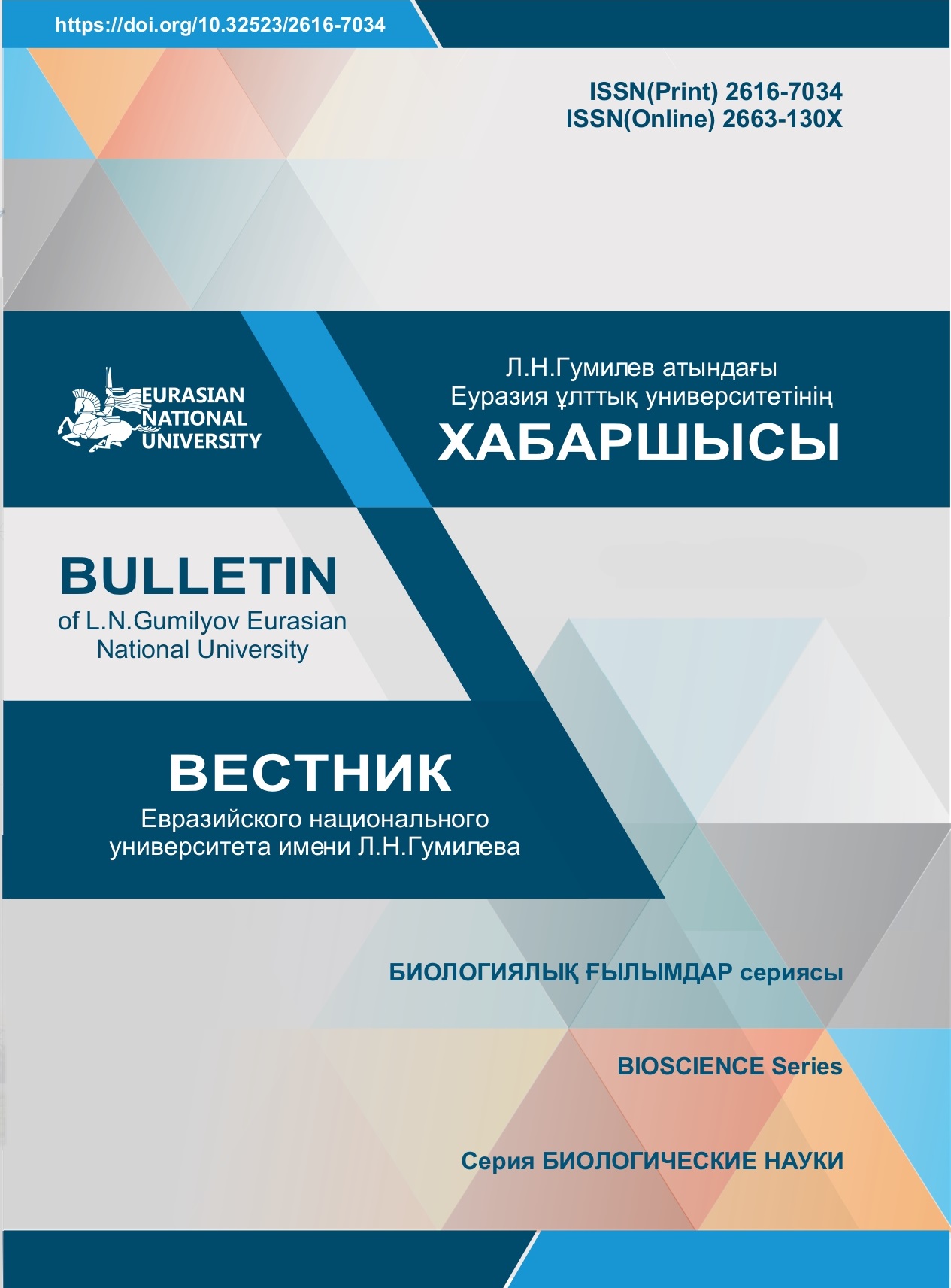Изучение самоочищающей способности водоемов и водотоков по гидрохимическим показателям Акмолинской области за 2018 год
Просмотры: 164 / Загрузок PDF: 132
Ключевые слова:
водоемы, водотоки, самоочищающая способность поверхностных вод, биологическая потребность кислорода, растворимость кислородаАннотация
В статье рассматривается самоочищающая способность озер, рек и водохранилищ Акмолинской области по показателям кислорода, а также влияние отдельных гидрохимических показателей, таких как сульфаты, хлориды, магний, аммоний солевой, азот нитритный, фториды, железо общее, цинк, марганец, медь, фенол. Среди химических факторов, угнетающих самоочистительную способность водоемов, можно отметить повышенное содержание сульфатов, хлоридов, кальция, магния, аммония солевого, азота нитритного, фторидов, железа общего, цинка, марганца, меди, фенола.
Была дана оценка самоочищающей способности водоемов Акмолинской области на основании кислородных показателей: количество растворенного кислорода в воде и биологическая потребность кислорода (БПК5). Реки и озера на основании полученных результатов были распределены по шести классам самоочищающей способности, а также построен график, из которого видно, что среди изученных водоемов по общегодовым показателям преобладают озера с низкой самоочищающей способностью. Установлено, что на самочистительный потенциал вод могут влиять как превышение содержание отдельных гидрохимических компонентов, так и количество превышаемых компонентов, которые могут дать синергетический эффект. Наряду с этим изучали, какие из сопутствующих гидрохимических компонентов оказывают влияние на очистительный потенциал воды в озерах и реках.








